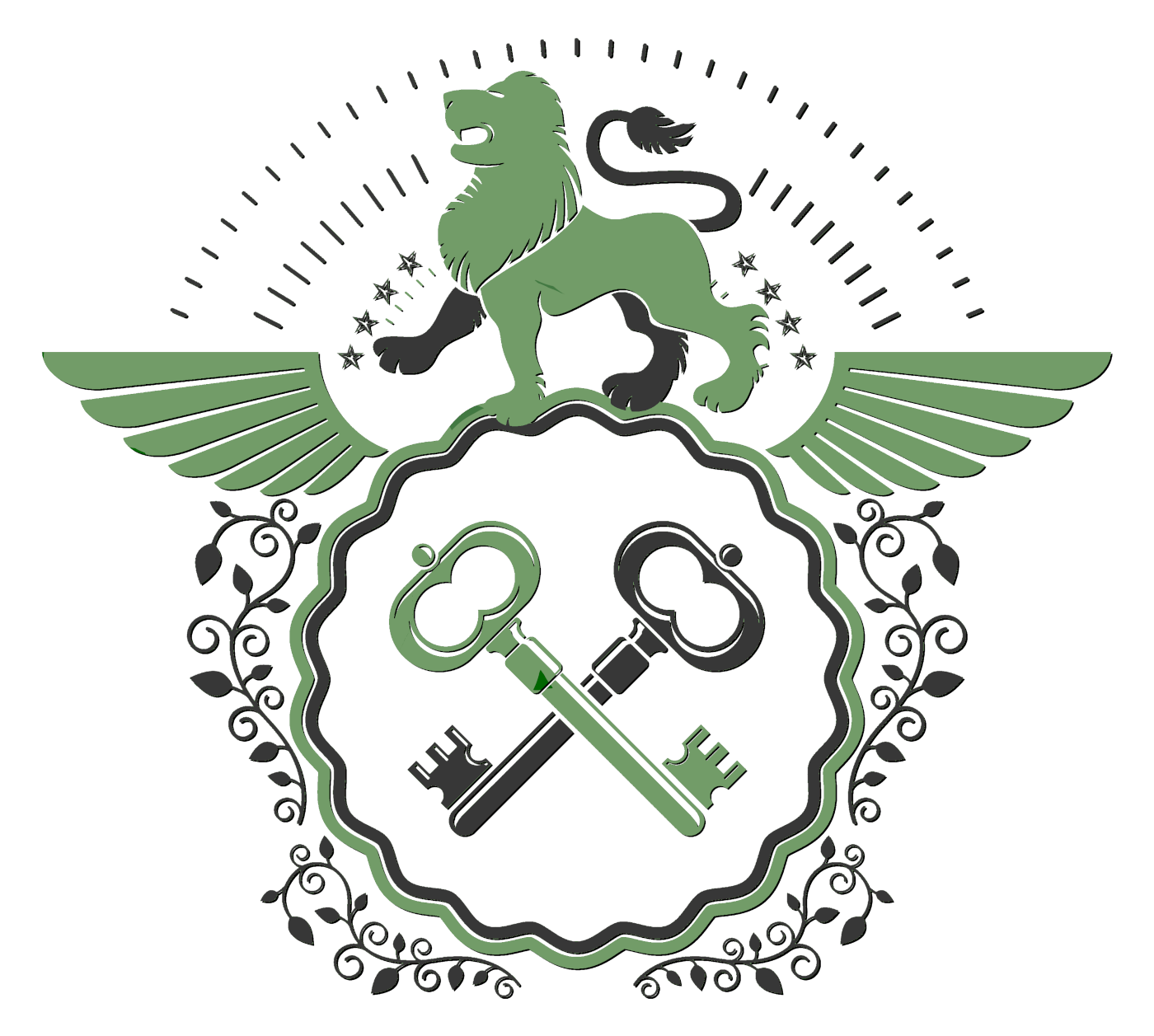Akicita wrote:
Neil of Erk wrote:
(Note: For those of you wondering what "Esperanto" is, I checked and it was created by a council of so called "aux-laungers" who were trying to create a global language. Didn't work out.)
Well, it was actually created by L.M. Zamenhoff, who was a linguist of about a minimum of 10 languages. Statistics show that Esperanto is being spoken by about 10,000,000 worldwide. I just found this out by looking it up online.
I am not trying to make you look bad, I just thought that some new info would be nice to see on here, as I have thought about learning Esperanto myself!
Kindest Regards,
Akicita
Well, I stand corrected.
Although, Zamenhoff's goal of created a universal auxiliary language in order to develop peace and understand throughout the world has failed. Esperantist have organized into councils before, which often had great disagreements.
Besides that, the mis-guided Esperantist seem to create a lot of discord among the linguist and conlangers.
Aside from that, I've complete a lot of work on my melodic language concept. (Which, with Jay's permission, may serve as an auxiliary language of Elvish Society, or, I hope, the first language of a group of Sprites.)
No. Not the soda brand. The small Elves living near the Earth portals. Sprites. Not Sprite.
I ended up with 144 sounds. And, since this is either a loglan (logic language) or an englan (a language designed to meet certain use-criteria), it's going to need every single sound it has.
Each "sound" is actually a series of two notes (does that make every sound a digraph?). I used every in a given octave (12), and thus, multiplying twelve by twelve, I eventually wrote every single sound down. I could replicate that here (and I will, eventually), but instead I'll just offer the first twelve sounds.
a-a
a-a#
a-b
a-c
a-c#
a-d
a-d#
a-e
a-f
a-f#
a-g
a-g#
And, you replicate that pattern with every note.
When you do that, you end up with twelves double-notes. (a-a, for example) The second note is an octave above the first.
Now, there's a rule for determining how long each note is held. (A replication of letters in English changing the sound of other letters.)
The first note is always held for one beat. (The length of beats is determined by the speaker.)
The first note of each "letter" determine which major key (always a major key) the letter is in. For example, a-a# is in the key of A Major.
The second note can have one of several relationships with the key. It can be either the tonic, the super tonic, the mediant, the sub-dominant, the dominant, the sub-mediant, the leading tone, or it can be an accidental. (It's not in the key.)
That relationship determines how long the note is held:
Tonic and dominant: Fermata (Over four beats, at the speakers discretion.)
Super tonic, leading tone, and sub-dominant: one beat
Mediant and sub-mediant: two beats
Accidentals: one beat
The lack of three beat notes is an intentional decision. Every language has its quirks.
All letter orders are permitted. Why? Because that allows for more words, which allows the language as much logic as possible.
All words must be unequivocal. (a word has only one meaning, and is the only word with that meaning)
I may also make a variant that would sound more pleasant and would reflect the traits of a cultural language, not a logical language.



